Bradley Square Mall built and opened
In July 1989, ground was broken on 77 acres along Paul Huff Parkway for a one-level, diamond plan shopping mall.
Crews moved quickly, laying the concrete frame and roofing the structure before the year ended to keep the schedule on track.
By fall 1990, the layout was visible from the road, a sequence of angled anchor walls and glass entrances framed by new asphalt.
Hess's was the first to open in September 1990, followed by Sears in October.
Each store drew steady foot traffic even before the interior walkways were finished.
Kmart followed on March 13, 1991, with an 86,000 square foot box connected by a covered breezeway.
The full grand opening arrived on February 13, 1991, introducing Bradley Square Mall as a 564,000 square foot regional center with four anchors and space reserved for a fifth.
Inside, the design emphasized long sightlines toward the department stores and a bright court in front of the south anchor.
A food court lined one side, offering multiple entries to the parking.
The mall's total anchor area was reported at roughly 303,000 square feet.
A fountain glimmered beneath fluorescent lights near the Hess's box, signaling that the city finally had its own modern mall.
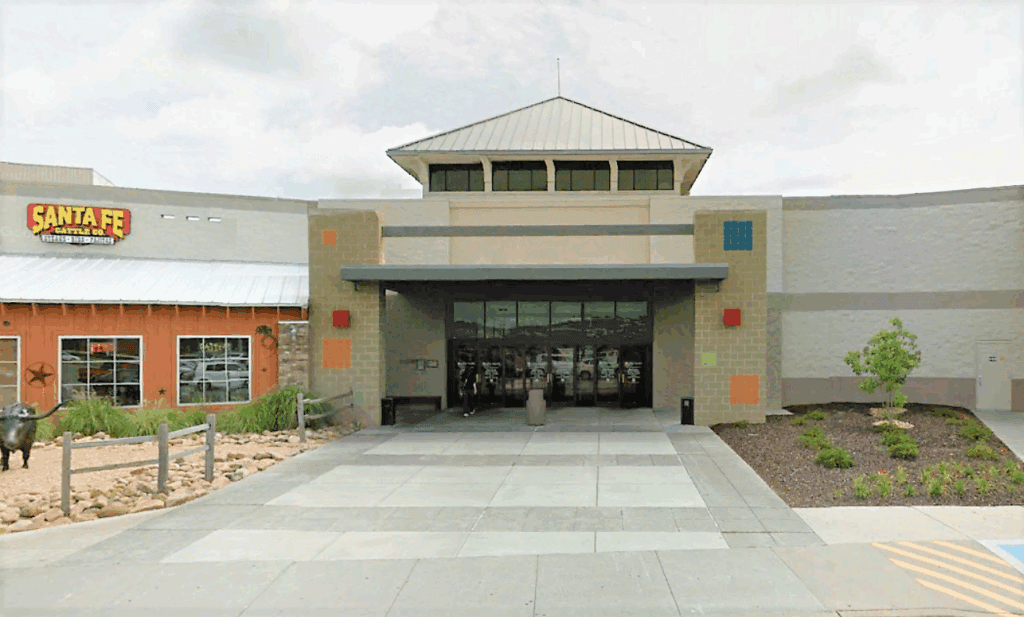
Anchors change hands, and the market resets
The first decade after opening brought quick shifts in ownership and brand names inside Bradley Square Mall.
When the mall drew JCPenney and Sears out of older shopping centers, it left Cleveland Mall and Village Mall struggling to compete.
New traffic patterns followed the fresh concrete and skylights along Paul Huff Parkway, turning the newer mall into the city's main shopping hub almost overnight.
In 1992, Hess's sold several regional stores, and the Cleveland location became Proffitt's.
The change came with a new sign and merchandising layout, but used the same structure and entrances.
More than a decade later, that same space turned into Belk after a 2005 merger between Belk and Saks Inc., the parent company of Proffitt's.
Belk streamlined operations into a single 59,600 square foot store, consolidating departments and closing secondary areas.
Inside the mall, smaller chains cycled through their leases.
National apparel stores shrank their footprints, and local retailers filled the openings.
Despite turnover, all four anchors remained in place through the early 2000s.
Occupancy slipped in the inline corridor, but the mall kept a steady rhythm of daily shoppers.
New owner and an $18 million remake
Receivership ended on December 1, 2010, when Shane Morrison Companies acquired the property after several ownership transfers.
The new owner immediately outlined capital work designed to update both the interiors and exterior.
Plans called for reconfiguring the north entrance, adding new attractions, and improving parking.
By May 2012, Phase I construction began on a 12-screen Carmike theater and an outdoor plaza connected by a covered walkway.
The work also included new drainage, lighting, and paved surfaces.
The theater opened on December 13, 2012, with discounted shows before resuming standard admission the next day.
Phase II continued into early 2013, replacing the former food court with a relocated dining area closer to the cinema and adding a new primary entrance.
The refreshed facades and new anchor entries gave the mall a brighter front and improved visibility from the highway.
At completion in April 2013, the two-phase project had cost about $18 million, with another $5 million spent by anchors on individual remodels.
The mall reintroduced itself with upgraded flooring, graphics, and expanded access points.

Sears exits, and space is re let to sporting goods
Sears closed its Bradley Square Mall location in late 2013 as part of a national downsizing.
The closure left a large box empty at one end of the mall, its metal gates pulled down over the display windows.
Within months, construction began to retrofit the two-level department store space for a new anchor.
Dunham's Sports opened in that former Sears footprint, occupying roughly 51,000 square feet.
The store used much of the previous interior shell, adapting it for sporting goods and outdoor merchandise.
Its arrival replaced a declining national chain with a growing regional operator focused on recreation.
Elsewhere in the mall, smaller concepts appeared to fill unused corners.
A short-lived Sears Hometown store opened in a smaller bay before closing again.
Martial arts studios, fitness spaces, and family fun venues began to replace traditional soft goods retailers.
By 2015, Bradley Square Mall operated with Belk, JCPenney, Dunham's, and Kmart as its main anchors, supported by the recently opened cinema.
The combination of retail and entertainment gave the property a broader mix than it had during its original years.
Evening parking once again filled around the entrances nearest the theater and sports store.
Kmart shuts down, and the pad becomes Bradley Place
On January 13, 2016, the company's list of closures included the Kmart at Bradley Square Mall.
The 86,000 square foot store closed March 20, ending a run that dated back to the mall's opening.
The departure left a large exterior-facing anchor site empty at the edge of the property.
After demolition, construction began on a new open-air retail center on the cleared pad.
Completed in 2019, the project added about 118,000 square feet of space under the name The Shops at Bradley Square Mall, later also referred to as Bradley Place.
The layout traded the enclosed corridor for direct entry storefronts.
Tenants included T.J. Maxx, HomeGoods, Ulta Beauty, PetSmart, Five Below, and Rack Room Shoes.
Each leased space in the redeveloped shell where the Kmart once stood.
Landscaping and new parking were built in tandem with the stores, creating a separate but connected retail zone.
By the end of 2019, Bradley Square Mall operated as a hybrid complex, combining its enclosed mall with the newer power center.
The mix reflected a broader shift in format taking place nationwide.
On-site, shoppers moved between the mall interior and the new row of exterior entry shops under the same ownership.
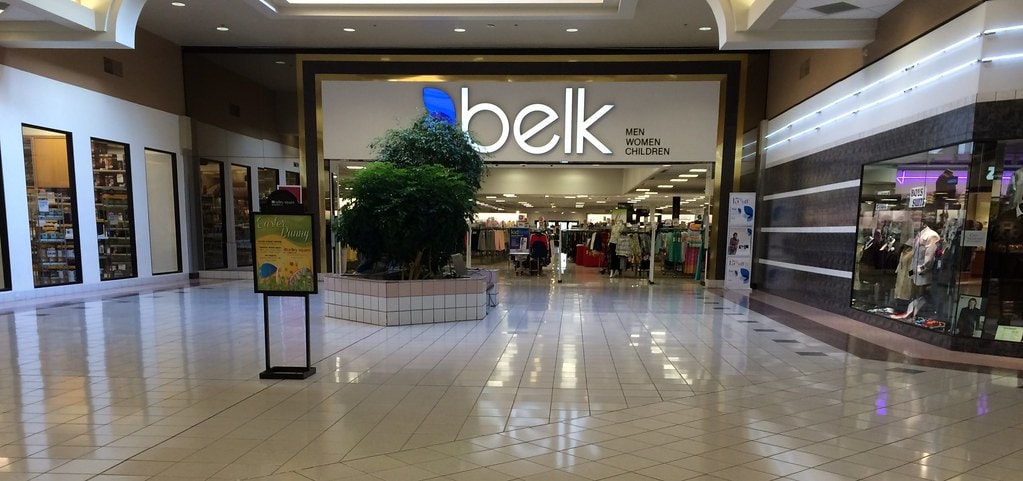
Pandemic closures reach JCPenney, and boxes pivot to fun
When JCPenney filed for bankruptcy on May 15, 2020, the news hit every mall that still depended on its stores to pull traffic.
Bradley Square Mall was one of them. Three weeks later, the company confirmed this location was closing for good.
Through that summer, crews carried racks and counters out the side doors, and by fall, the lights inside were gone.
The store had lasted almost thirty years.
That hollow box didn't stay quiet.
Soon, there was clanging, the buzz of tools, the crack of boards lifting as crews replaced the floor and built open, noisy play spaces where mannequins used to freeze in place.
This place opened as Ultimate Bunker Games.
Families began coming in on weekends, following music and flashing lights into the former department store space.
At the edge of the property, the cinema kept drawing crowds.
AMC had taken over Carmike in 2017 and still operated the twelve-screen complex through the shutdown.
It reopened with limited seating and slowly built back to full capacity.

HVAC outage, real estate trade, and community events
On June 24, 2025, interior sections of Bradley Square Mall closed temporarily due to HVAC problems.
Anchors with their own systems, including Belk, AMC, and Dunham's, stayed open.
Maintenance crews worked behind locked glass doors while shoppers entered only through the exterior anchor stores.
Later that summer, investor activity returned to the surrounding property.
On September 29, 2025, Atlantic Capital Partners completed the sale of Bradley Place, the 118,000 square foot open-air center built on the former Kmart pad, for $24.5 million.
The center's tenants, including HomeGoods, T.J. Maxx, PetSmart, Five Below, and Ulta Beauty, remained fully leased.
Community events continued even as repairs and ownership changes unfolded.
On October 25, 2025, the mall hosted Mall-O-Ween, a midday program with games, character photo stations, and the first costume parade through the concourse.
The event marked the return of large public gatherings inside the property.
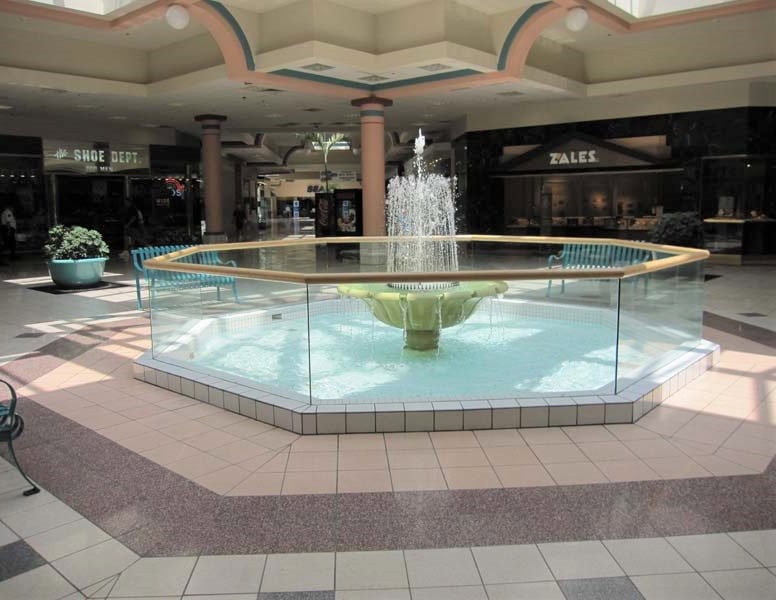


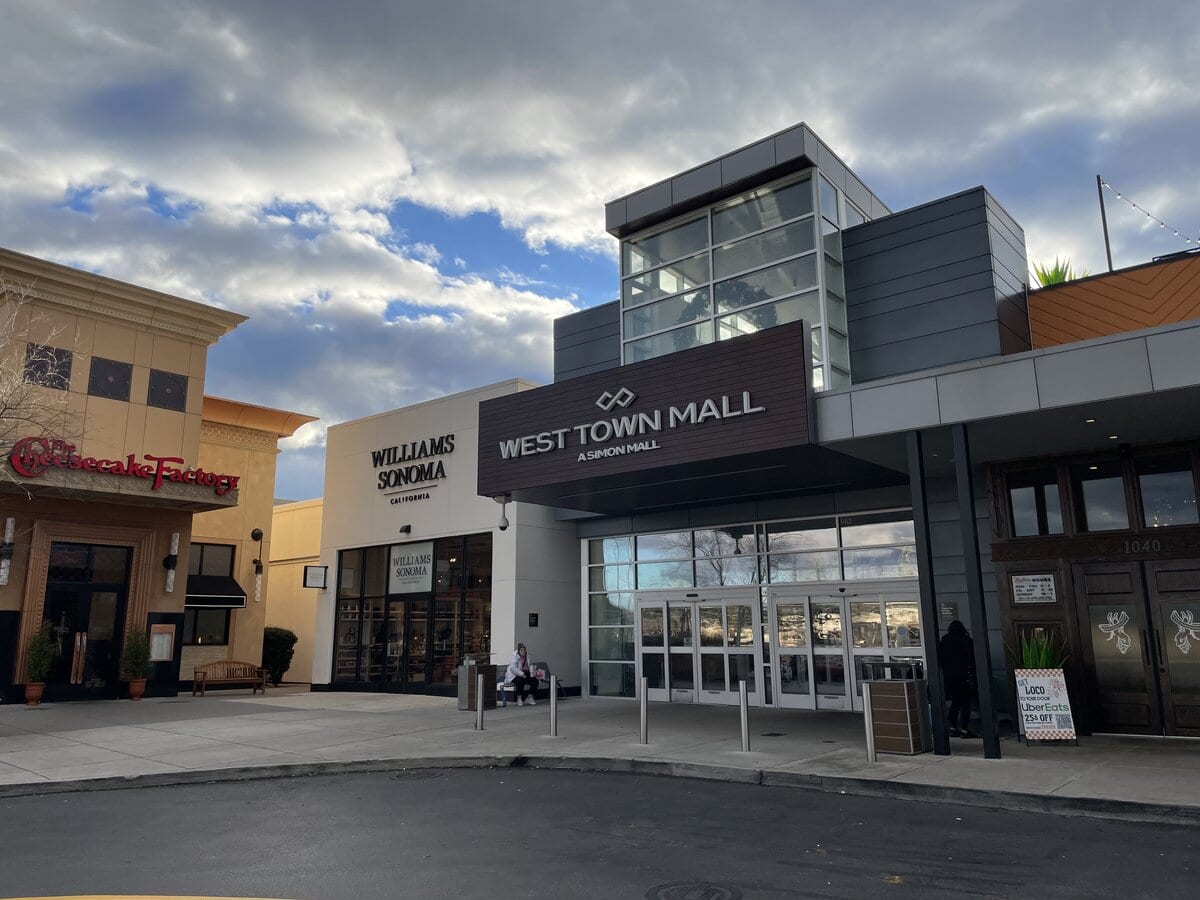


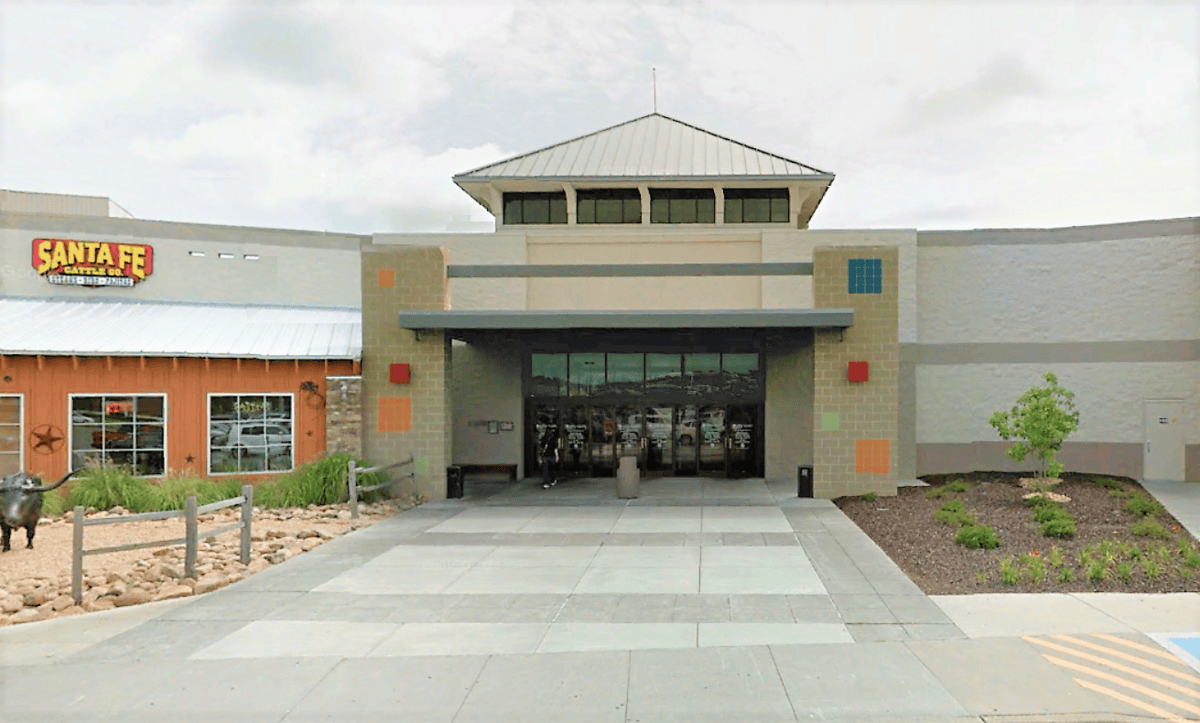
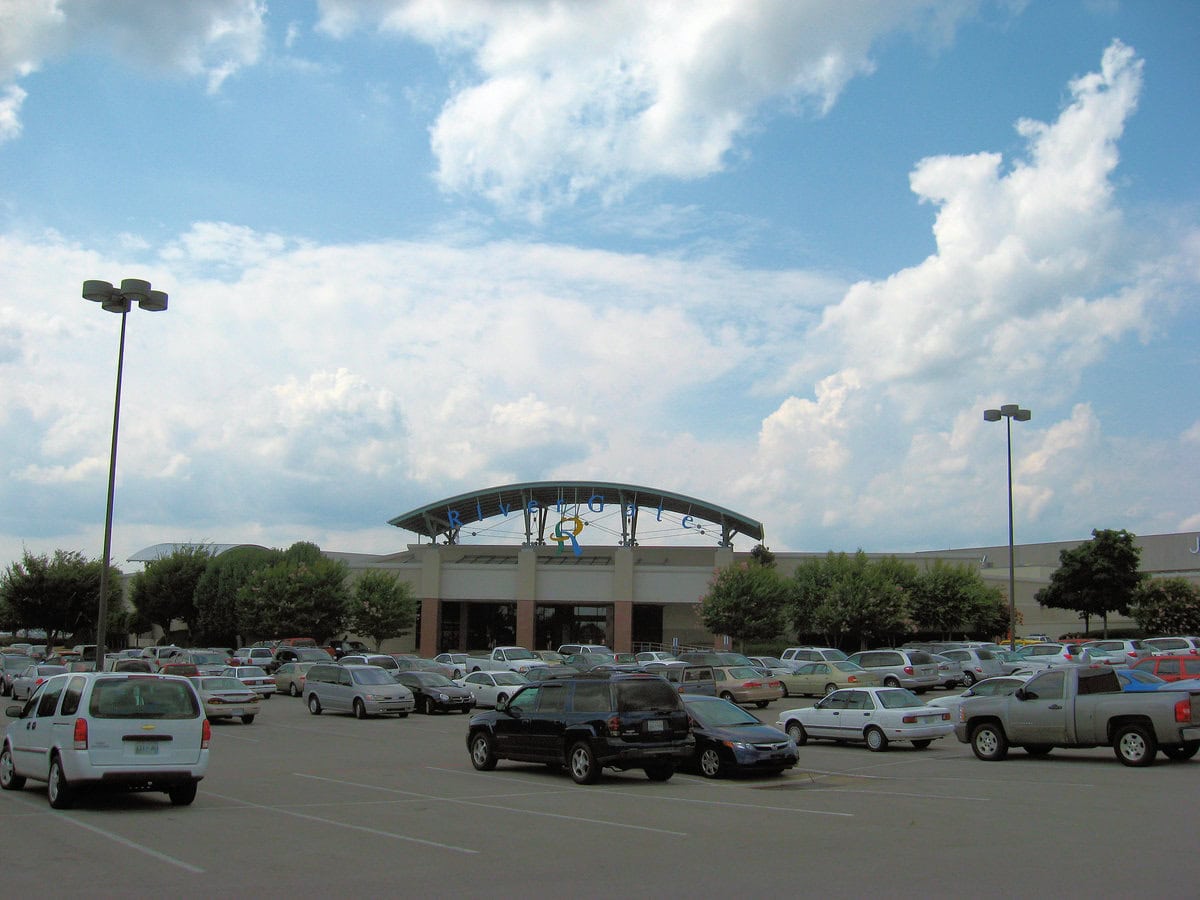
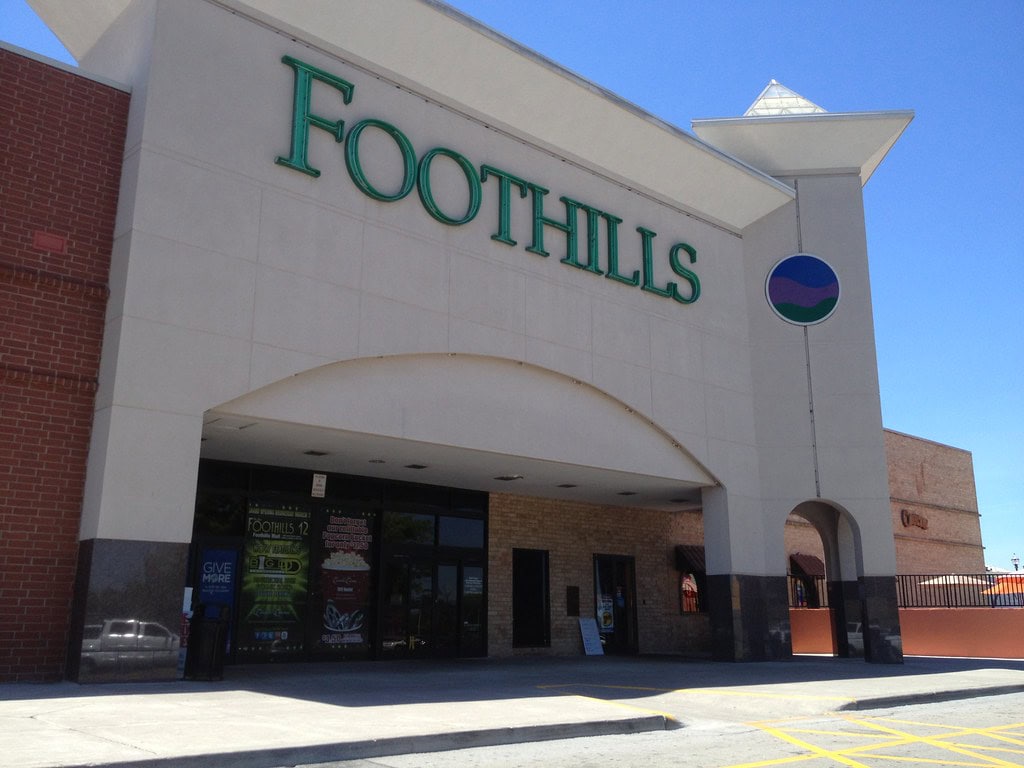
When Sears moved from the Cleveland Mall to the Bradley Mall. A few businesses wanted to move into the Sears store. They didn't want to let go of the lease and have competitors. So with no large anchor store going in the Mall slowly died. With Kmart in Bradley Mall it was supposed to be like its other store, with Cafe and such. The builder decided later he didn't want to
put one in. Just added the little snack area up front. The Restrooms were supposed to be up front not way in the back of the store. This caused some agravasion among customers and employees.
Thank you for taking the time to lay all of this out in detail. Stories like this rarely get told, but they explain exactly how a mall dies without ever having one big "event." Sears hanging onto that lease just to block competitors is a textbook example of a decision that ends up dragging the entire center down with it.